Saudi rift increases Pakistan’s vulnerability
The growing burden of public debt remains a major source of vulnerability for Pakistan, especially when it has to borrow more and more to service its existing obligations, both domestic and foreign, writes N Chandra Mohan for South Asia Monitor

Like the rest of South Asia, if not the world economy, Pakistan is experiencing a serious economic crisis coping with Covid-19. For the first time since the 1950s, it is likely to register negative growth in the financial year 2019-20 that ended on June 30. Public finances are stressed as tax revenues have plunged due to economic contraction while expenditures are higher to support health programmes and social safety nets for the poor.
Borrowings thus are imperative to finance these burgeoning expenses domestically and from abroad. This adds to the burden of public debt that is already massive at USD 215 billion or 87 percent of GDP as of June 30.
In his address to the global community and financial institutions on April 12, Pakistan’s Prime Minister Imran Khan stated that in developing countries, apart from containing the virus and dealing with the economic crisis, the biggest worry is people dying of hunger as a result of the lockdown.
“While the United States and Germany can come up with a relief package of USD 2.2 trillion and Euro 1 trillion respectively, to give an example of Pakistan, with a population of 220 million people, so far the maximum stimulus we could afford is USD 8 billion. This is the story of all those countries which are suffering from really high debt to GDP ratios,” he added.
Covid-19 impact on Pakistan
PM Khan’s reference is to a fiscal package amounting to 1.2 percent of GDP that increased health-related expenditures, provided financial support to over a third of the population, stepped up allocations for subsidized food and support for small and medium enterprises and agriculture, among other measures. In addition, to boost overall economic activity, the State Bank of Pakistan cut interest rates by a cumulative 225 basis points. It also intervened to curb volatility in the foreign exchange market and accommodated a weakening of the exchange rate of the Pakistani rupee vis-à-vis the US dollar according to the IMF country report on Pakistan.
Covid-19’s impact on Pakistan’s economy was initially felt in massive capital outflows, with the main stock index declining by 25 per cent since early February. Despite real economic activity entering negative territory -- ranging from minus 0.38 percent to minus 3.6 percent in 2019-20 -- there has been a strong rebound since March due to rate cuts by SBP. Initially, exports were also lower. Remittances from the Pakistani diaspora abroad declined. However, there has been a turnaround in these variables, resulting in a surplus of USD 424 million in trade in goods and services with the rest of the world in July compared a deficit of USD 613 million in July 2019.
Nevertheless, the growing burden of public debt remains a major source of vulnerability for Pakistan, especially when it has to borrow more and more to service its existing obligations, both domestic and foreign.
Repaying Saudi Arabia and China
A case in point pertains to Saudi Arabia that has traditionally had close ties with Pakistan but due to a recent rift asked the latter to repay USD 3 billion that was extended in November 2018 along with suspending an oil
credit facility worth USD 3.2 billion. Pakistan has repaid USD 1 billion, thanks to a a loan from China. The dragon thus has Pakistan deeper in debt by financing its budgetary requirements when the Saudis withdrew their money.
Pakistan’s ministers, for their part, dismiss suggestions of any rift and insist that bilateral relations with Saudi Arabia remain as strong as ever. Foreign Minister Shah Mahmood Qureshi, for instance, rubbished speculation of the Saudis demanding debt payment and added that oil imports would continue as before. Regardless of the official spin, the fact is that Saudi Arabia’s financial support is vital for Pakistan’s external accounts. The Saudis refinanced USD 3 billion of balance of payment support loans that matured in November 2019 –January 2020. The oil facility must be resumed at the earliest as it also supports Pakistan’s external accounts.
Pakistan’s borrowing binge has racked up an external debt of USD 111 billion according to the IMF. Unless some of these outstandings to bilateral creditors worth USD 25 billion are rescheduled, the debt service burden will rise to USD 29 billion in 2020-21. China’s share is one-fifths of Pakistan’s external debt, comprising USD 15.5 billion in debt to the Chinese government – largely related to the USD 62 billion China Pakistan Economic Corridor (CPEC) -- while USD 6.7 billion is commercial debt.
Pakistan needs to repay China five times more than what it owes the IMF in the next three years. Continued access to
external sources of financing thus are critical for Pakistan’s cash–strapped economy. But this will be imperiled in a big way if it is unable to escape blacklisting by the Financial Action Task Force (FATF) for not doing enough to stamp out financing of terrorism in the country.
(The writer is an economics and business commentator based in New Delhi. His views are personal)






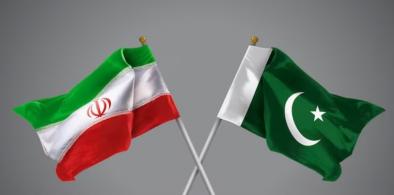
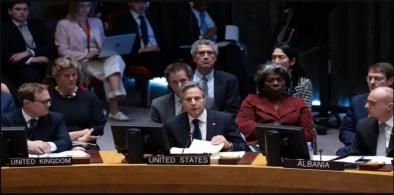
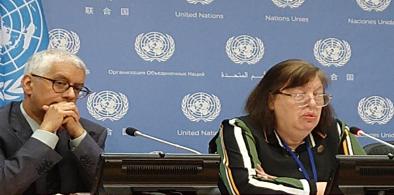
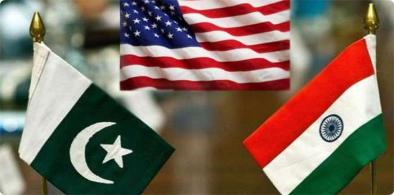
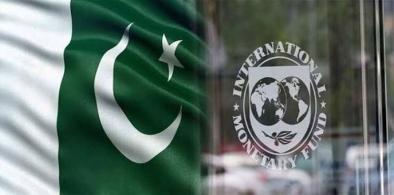







Post a Comment